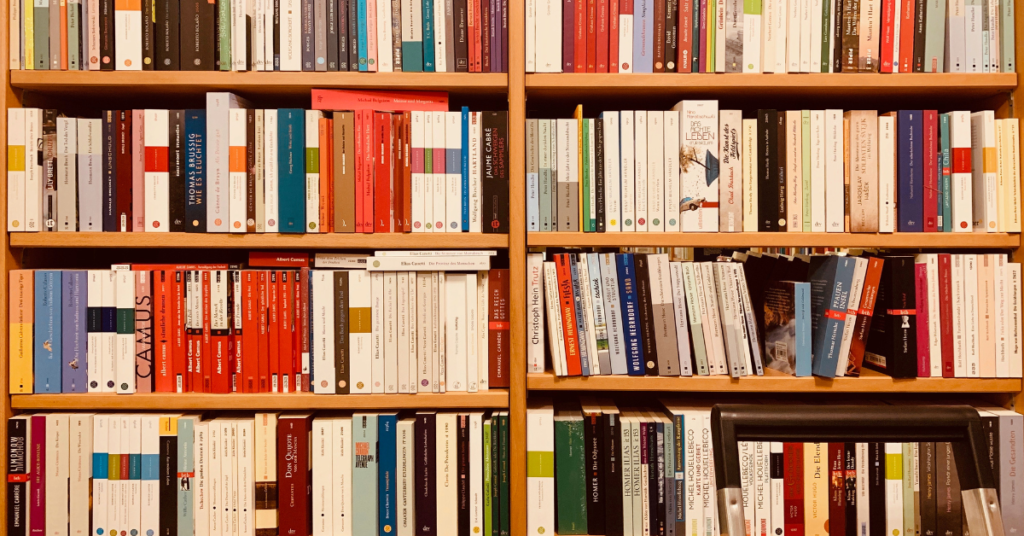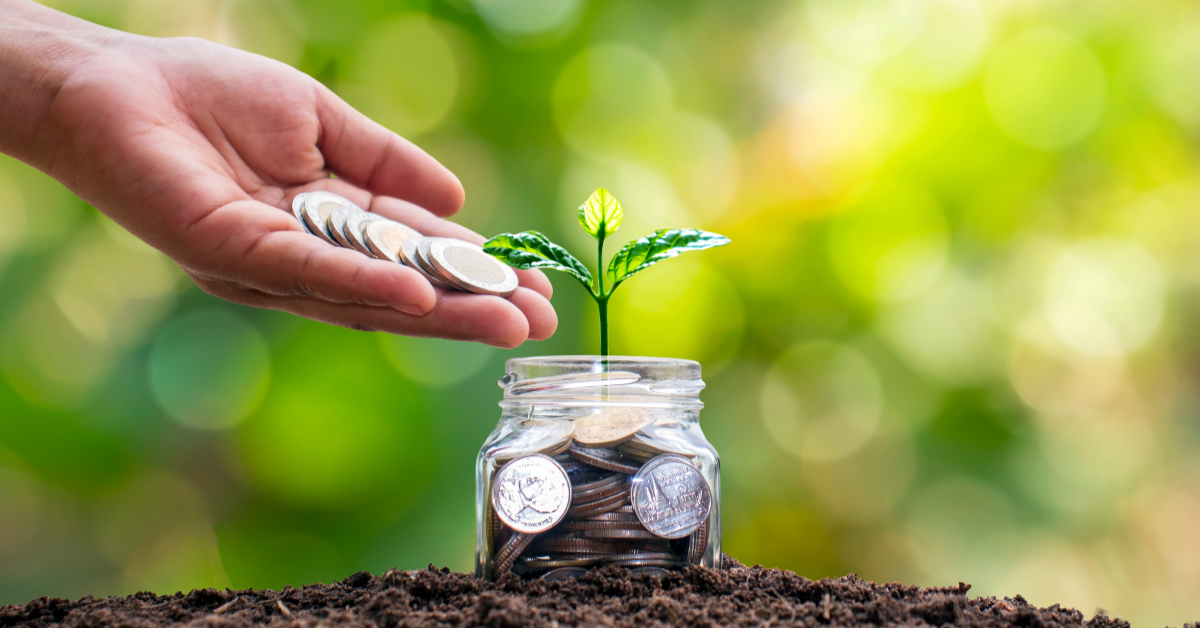In a world where many people usually invest in things like stocks and real estate, more and more investors are looking for different and interesting ways to mix up their investments. One cool way that’s becoming popular is putting money into collectibles. This means getting things you can touch, like rare books, art, or old items, and hoping they not only look nice but also make you a good amount of money. Investing in collectibles presents a unique opportunity to combine passion with profit, offering a departure from conventional investment avenues.
Books:

If you want you can invest in rare books and manuscripts. The scarcity or historical significance of particular book can drive the value of rare books through the roof. The First edition of a classic novel or a signed copy by a renowned author can increase the price of the book significantly over time, making it a unique and potentially lucrative investment. One real-life example of a rare book that has been considered an investment is the first edition of J.K. Rowling’s “Harry Potter and the Philosopher’s Stone” (titled “Harry Potter and the Sorcerer’s Stone” in the U.S.), published in 1997. This book, especially the first printings with specific characteristics, has become highly sought after by collectors. The scarcity of signed copies, the cultural significance of the Harry Potter series, and the global popularity of J.K. Rowling’s work contribute to the desirability and potential investment value of these rare books. Various books such as “Anandamath” by Bankim Chandra Chattopadhyay (1882), “Discovery of India” by Jawaharlal Nehru (1946), “Guide” by R.K. Narayan (1958) and “My Experiments with Truth” by Mahatma Gandhi (1927) etc, early editions or special editions related to Gandhi’s life and philosophy may be collected.
Art or Painting: Beyond Aesthetics:

From contemporary artists to classical masters, the value of art can skyrocket based on factors such as critical acclaim, cultural relevance, and market demand. Art can be a unique and potentially lucrative investment, but it comes with its own set of challenges and considerations. It provides diversification to the portfolio consist of stocks or bonds; art is a tangible asset that you can enjoy aesthetically while potentially benefiting from its financial appreciation. It is highly risky as changes in taste, market volatility, and the challenge of accurately valuing artworks has significant impact on its value. In recent years, the art world has witnessed a significant shift with the rise of Non-Fungible Tokens (NFTs), a type of digital asset that represents ownership or proof of authenticity of a unique item using blockchain technology. Investing in art through NFTs offers global accessibility, fractional ownership, and programmable, interactive experiences. With immutable ownership records and smart contracts for residual royalties, NFTs revolutionize art investment, providing a unique blend of inclusivity, innovation, and environmental consciousness compared to traditional art markets.
Memorabilia Investments: Transforming Fandom into Financial Opportunities:
If you love sports, music, or pop culture, investing in memorabilia lets you combine your hobbies with the opportunity to make money. Things like signed sports gear, concert posters, or famous movie props can become more valuable, especially if they’re linked to important events or cultural trends. To make smart investment choices in this area, just pay attention to what people really want and think about how these items might become more valuable over time. A real-life example of valuable memorabilia could be a cricket bat signed by Sachin Tendulkar during a historic match or milestone in his career. It can also include Autographed Lata Mangeshkar Record, Cricket World Cup Winning Team Jersey, Amitabh Bachchan Movie Prop and Political Memorabilia etc.
Old is Gold – Vintage Items:

vintage cars, vinyl records, or retro fashion, these items can carry significant monetary value for collectors. Vintage items can include a wide range of objects, such as clothing, furniture, toys, electronics, and more. They have value because they have limited availability. The value of vintage items can appreciate over time, especially if there is growing demand among collectors. Factors such as rarity, condition, and historical significance can contribute to the potential for appreciation. A real-life example can be Rolex watch, Bond in the early films or the Rolex Daytona associated with iconic racing events. This adds to the allure for collectors. We can invest in Vintage Indian Movie Posters, Antique Indian Jewellery, Old Indian Coins and Banknotes, Vintage Indian Vinyl Records, , Vintage Indian Magazines and Comics, Classic Indian Motorcycles or ambassador etc.
Blockchain impact on investment in collectibles:

In recent years, the landscape of investing in collectibles has undergone a revolutionary transformation, thanks to the advent of blockchain technology and Non-Fungible Tokens (NFTs). These innovations have introduced a level of transparency, security, and accessibility previously unseen in the world of tangible assets. With blockchain, each collectible can be assigned a unique digital identity, recorded on an immutable and decentralized ledger. This not only ensures the authenticity of the item but also provides a transparent and traceable history of ownership.
One of the game-changing features of blockchain in the realm of collectibles is the implementation of smart contracts. These self-executing contracts automatically enforce and execute predefined rules when certain conditions are met. In the context of collectibles, smart contracts can streamline transactions by automating the transfer of ownership once payment is confirmed. This eliminates the need for intermediaries, reducing the risk of fraud and making the entire process more efficient.
Conclusion:
Venturing into the realm of collectibles provides a distinctive opportunity to blend personal passion with financial gain, offering a departure from traditional investment routes. Whether one is enticed by the enduring charm of rare books, the enthralling domain of art, the sentimental appeal of vintage items, or the thrill of amassing memorabilia, the potential for returns in the collectibles market mirrors the diversity of the items themselves. Nevertheless, it is imperative for investors to approach this specialized niche with diligence, thorough research, and a patient, long-term outlook. By doing so, they can unlock the latent treasures concealed within the captivating world of collectible investments. This democratization of ownership opens up new possibilities for a broader audience to participate in the world of rare and valuable items, marking a dynamic shift in the way we perceive and invest in collectibles. As blockchain technology continues to evolve, it is poised to reshape the landscape of collectible investments, offering exciting opportunities for both seasoned and emerging investors.





I have not checked in here for a while as I thought it was getting boring, but the last several posts are great quality so I guess I’ll add you back to my daily bloglist. You deserve it my friend 🙂